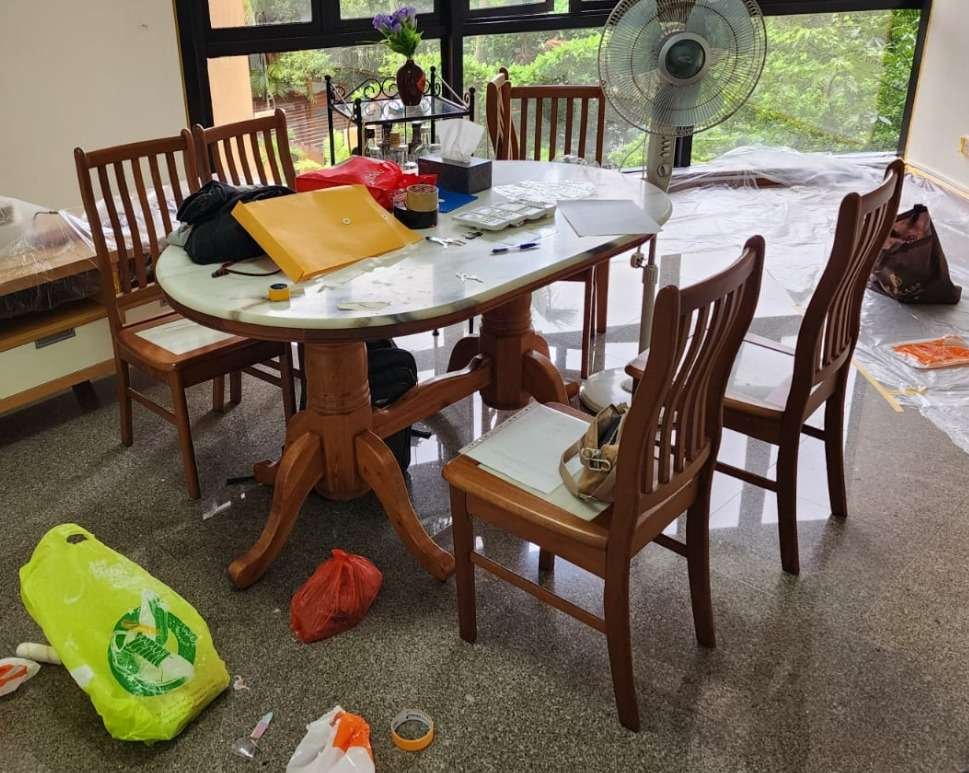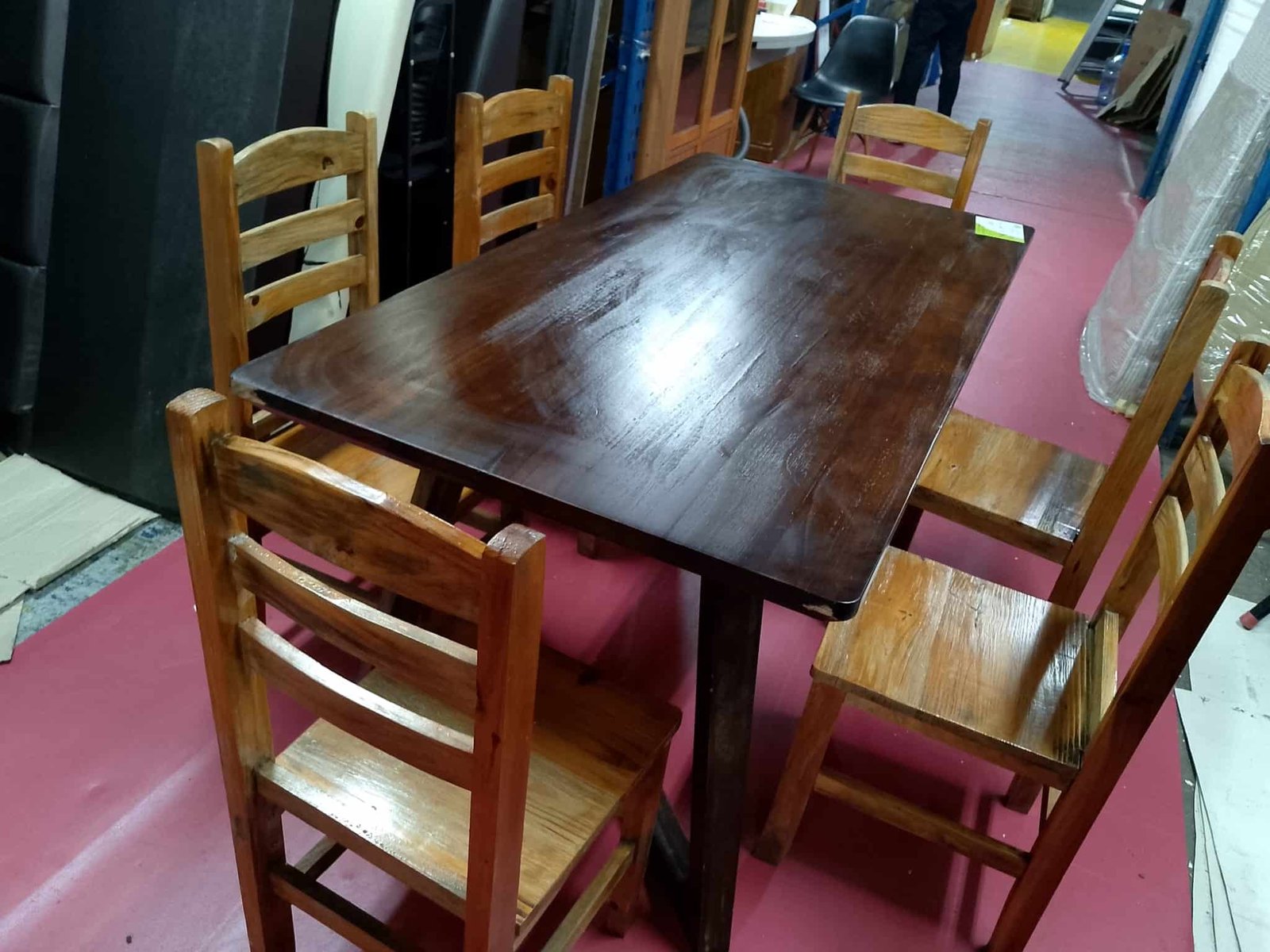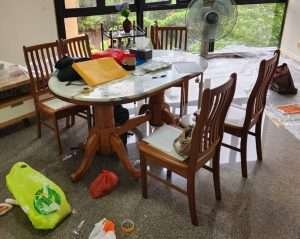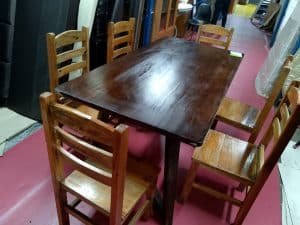The Art of Antique Furniture
When we talk about creating a home filled with character, knowing how to spot valuable antique furniture is a key skill. Antique pieces bring not only beauty but also history, making your space unique and full of charm. In this guide, we will share practical tips to help you recognize authenticity, craftsmanship, and true value in antique furniture.
Key Indicators to Spot Valuable Antique Furniture: How to Spot Valuable Antique Furniture
Antiques aren’t just old furniture; they are pieces of history. We find that many homeowners struggle with identifying items that hold significance versus replicas. By learning how to identify high-value antique pieces, you protect your investment and ensure you bring home items that will last generations.
Key Indicators How to Spot Valuable Antique Furniture
1. Check the Craftsmanship
One of the first things we look for is hand-crafted details. Quality joinery, dovetail joints, and precise carving indicate a skilled artisan. Factory-made reproductions often lack these intricate details.
2. Examine Materials and Wood Types
Antique furniture often uses solid hardwoods like mahogany, oak, or walnut. Knowing wood types and their aging characteristics helps us determine authenticity and value.
3. Look for Signs of Age
We pay attention to wear patterns, patina, and natural aging. Genuine antiques have subtle irregularities and marks from decades of use, while newer reproductions appear too perfect.
4. Check for Labels and Maker Marks
Labels, stamps, or engraved signatures are strong indicators of origin and era. Learning to read these marks is an essential step in understanding how to spot valuable antique furniture.
5. Authenticity of Hardware
Original handles, hinges, and locks are important. We always examine whether hardware matches the era of the furniture piece, as replacements can affect value.
Tips for Buying Valuable Antique Furniture
- Research before buying: Knowing the style and era helps prevent overpaying.
- Ask for provenance: Documentation or previous ownership history adds credibility.
- Work with trusted dealers: Experienced dealers can guide us to authentic pieces.
Preserving Your Antique Furniture
We also believe that maintenance is key to keeping antiques valuable. Regular polishing, careful cleaning, and avoiding harsh chemicals will preserve the wood, finish, and charm for years to come.

Bringing It All Together
Understanding how to spot valuable antique furniture transforms the way we approach collecting and decorating. Each piece tells a story, reflects craftsmanship, and adds character to our homes. By following these tips, you can confidently choose items that combine beauty, history, and investment potential.
Explore our curated collection of antique furniture at Second Chance Furniture to find timeless pieces that enrich your home with style and history. For more guidance on chic and budget-friendly furniture solutions, check out our article on Smart Choice of Furniture for Your Home: Stylish and Affordable Solutions
Frequently Asked Questions (FAQ)
Check the Craftsmanship
One of the first things we look for is hand-crafted details. Quality joinery, dovetail joints, and precise carving indicate a skilled artisan. Factory-made reproductions often lack these intricate details.
Examine Materials and Wood Types
Antique furniture often uses solid hardwoods like mahogany, oak, or walnut. Knowing wood types and their aging characteristics helps us determine authenticity and value.
Look for Signs of Age
We pay attention to wear patterns, patina, and natural aging. Genuine antiques have subtle irregularities and marks from decades of use, while newer reproductions appear too perfect.
Check for Labels and Maker Marks
Labels, stamps, or engraved signatures are strong indicators of origin and era. Learning to read these marks is an essential step in understanding how to spot valuable antique furniture.
Authenticity of Hardware
Original handles, hinges, and locks are important. We always examine whether hardware matches the era of the furniture piece, as replacements can affect value






